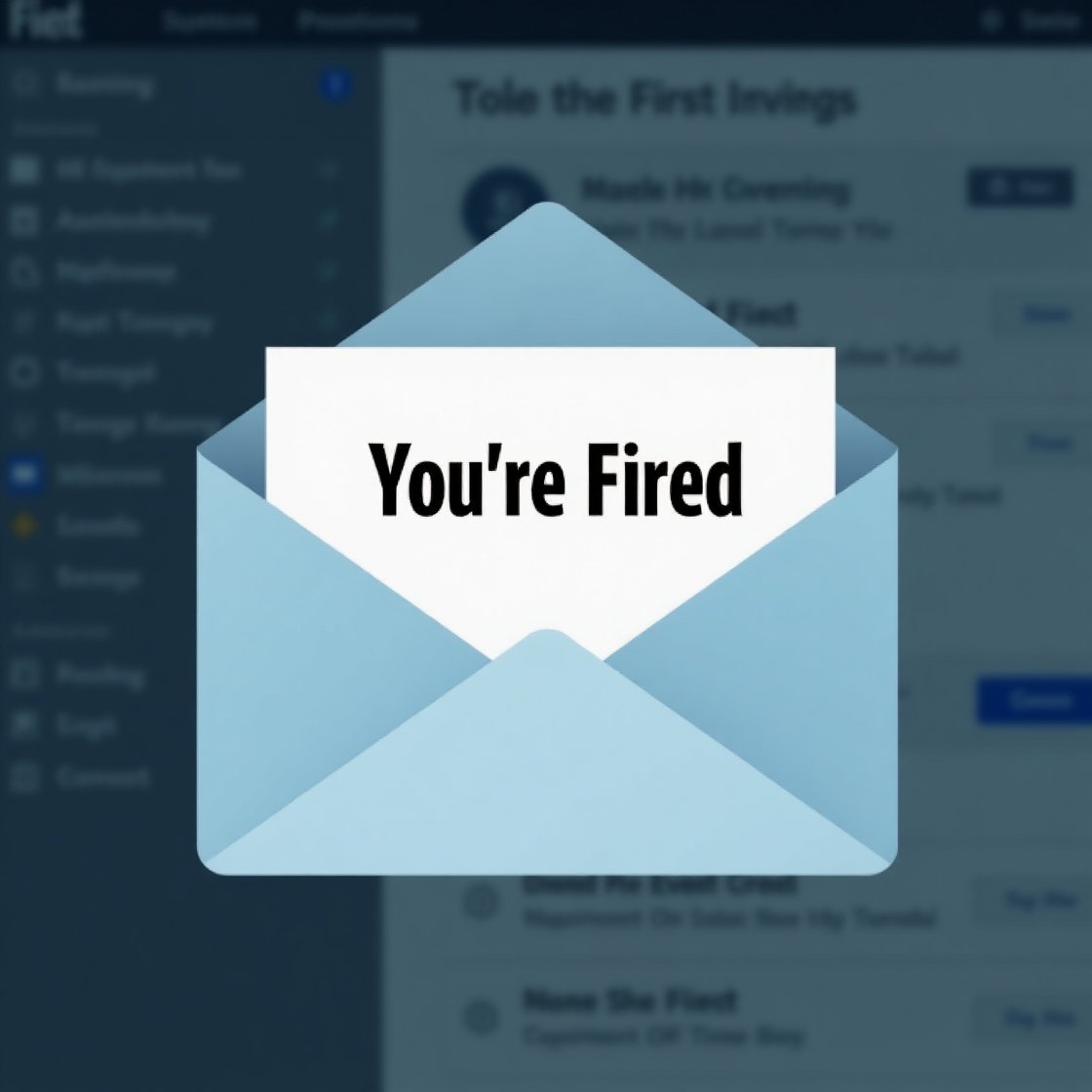An older man in business attire walks through a glowing doorway into a bright, hopeful sky, as resumes and documents float around him, symbolizing a transition from federal service to civilian work.
After nearly 15 years in government, I’ve seen dysfunction. I’ve seen bureaucracy at its slowest. But I’ve never seen this: colleagues being let go without notice, badges deactivated while they’re out to lunch, entire teams gutted under the guise of “efficiency.”
This isn’t just workforce reduction. It’s displacement with a smile. It’s “nothing personal” emails at 10pm on a Saturday. It’s morale by demolition.
And here’s the thing—we didn’t come here for the paycheck. We came to serve. To help people. To make systems more human, more accessible, more just. And we’ve done it. Through budget freezes, shutdowns, and shifting political winds, we’ve shown up. Every day.
But now? Every time I mistype my password, I wonder if I’ve been locked out for real. Every time a colleague hangs up the phone, we say “See you tomorrow,” with the full knowledge that we might not.
And still—we stay. Not because we’re naïve, but because we believe. We believe in what public service can be, even when it’s breaking.
But belief alone doesn’t translate on a civilian resume.
So this is where you—our friends, colleagues, allies in the private sector—come in.
👉 If a federal employee reaches out for help transitioning into a civilian role, please understand:
• Our resumes are long—because they have to be. We’re trained to write for compliance, not for recruiters.
• Our job titles? Don’t map neatly to civilian roles. “Public Affairs Specialist” can mean ten different things.
• Our language is bureaucratic—but our skills are real. Communications, crisis response, policy analysis, program leadership. It’s all there. We just speak a different dialect.
So we need help translating.
Not because we’re unqualified—but because the systems are different.
And if you’re still in the private sector wondering how to help? Start here:
✅ Offer to review a federal friend’s resume
✅ Translate a job description or two
✅ Be a referral, a mentor, a second set of eyes
✅ Most of all: offer us grace
This isn’t just about finding new jobs.
It’s about finding our footing after watching institutions we served disassemble from the inside.
Federal employees are not okay. We’re working under stress that is systemic and, frankly, strategic.
But we’re still here. Still trying to make a difference.
So if we reach out, we’re not looking for pity.
We’re asking you to help us cross the bridge.
We helped you navigate government once.
We could use a hand now.






